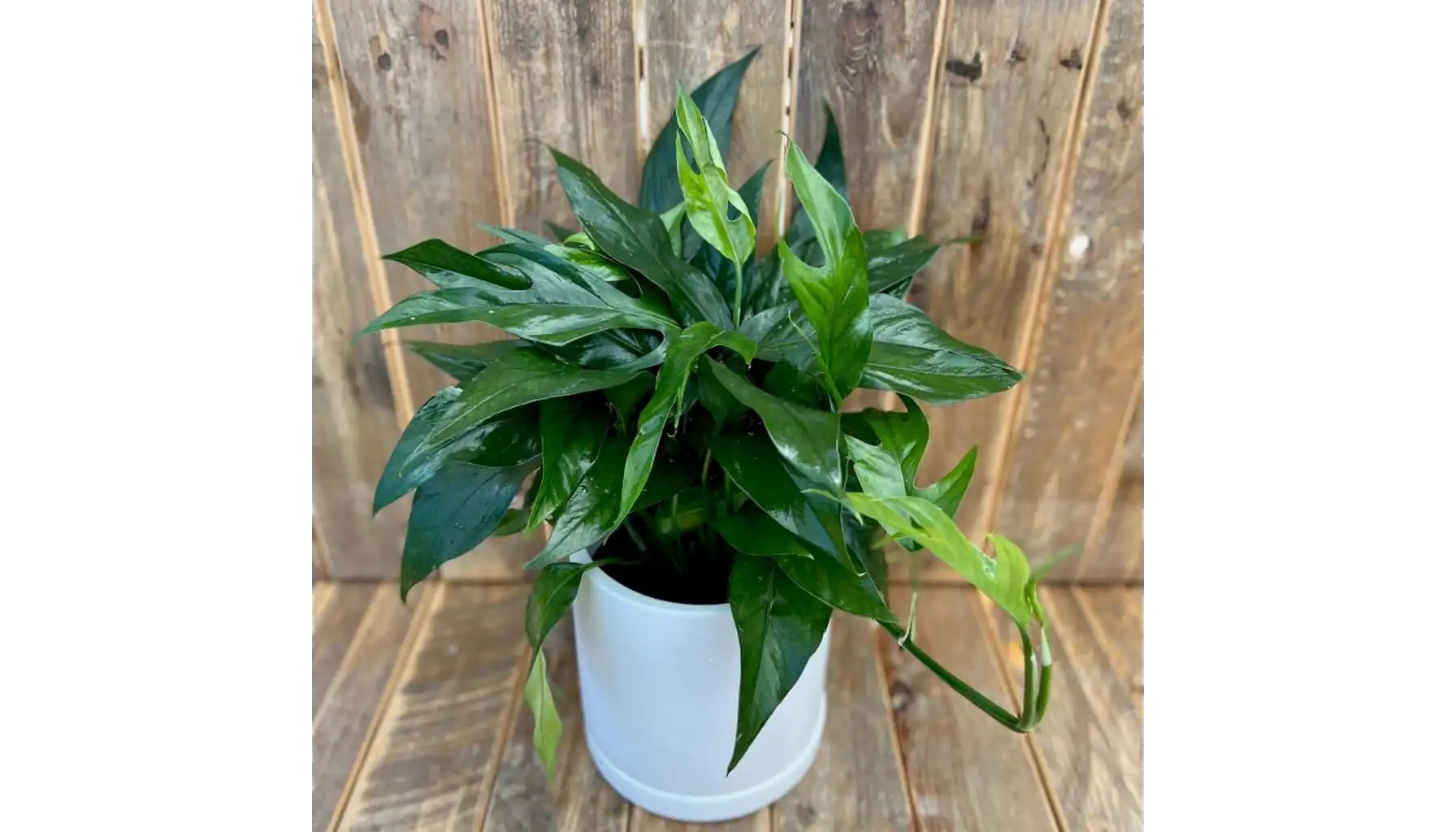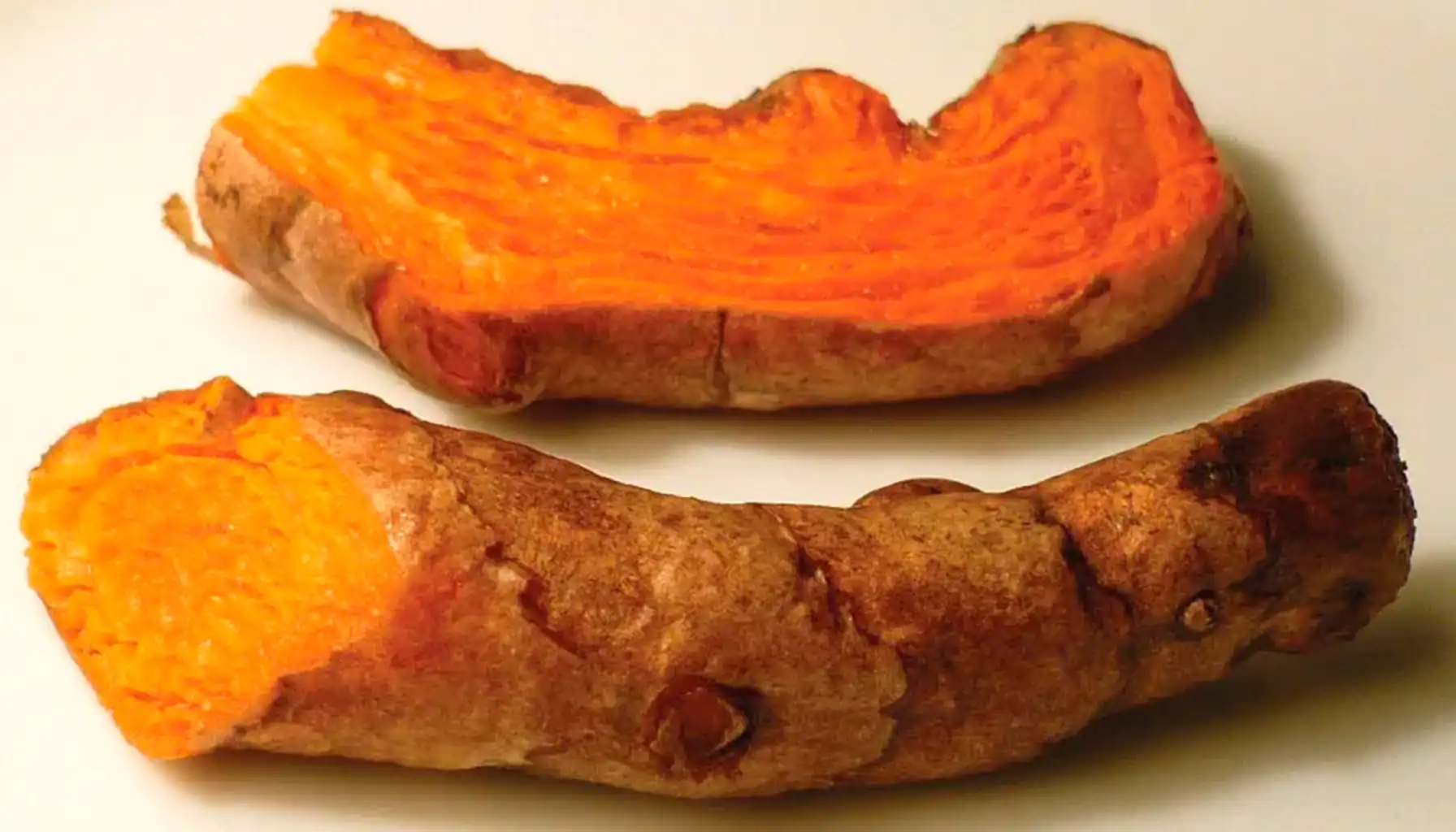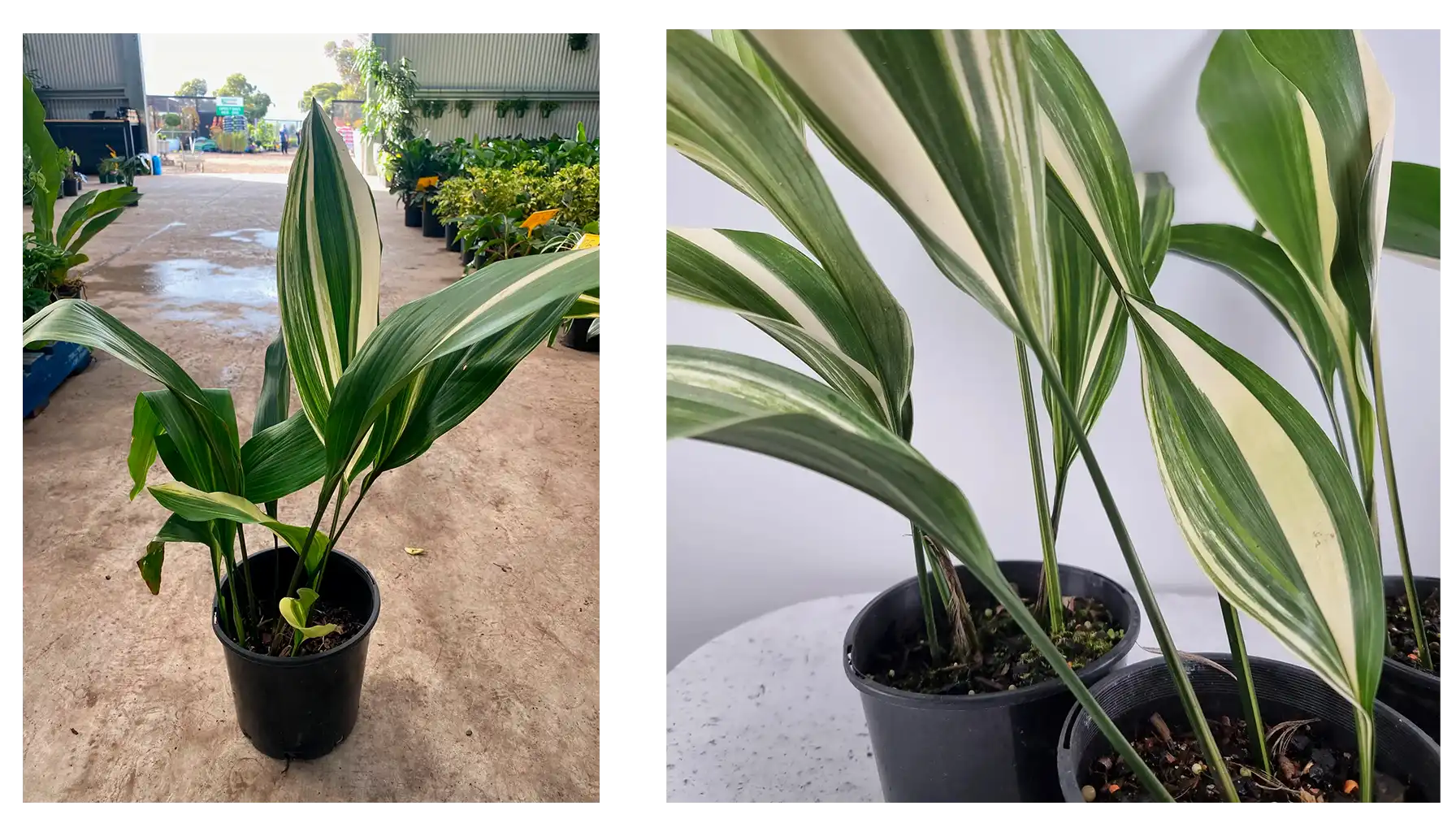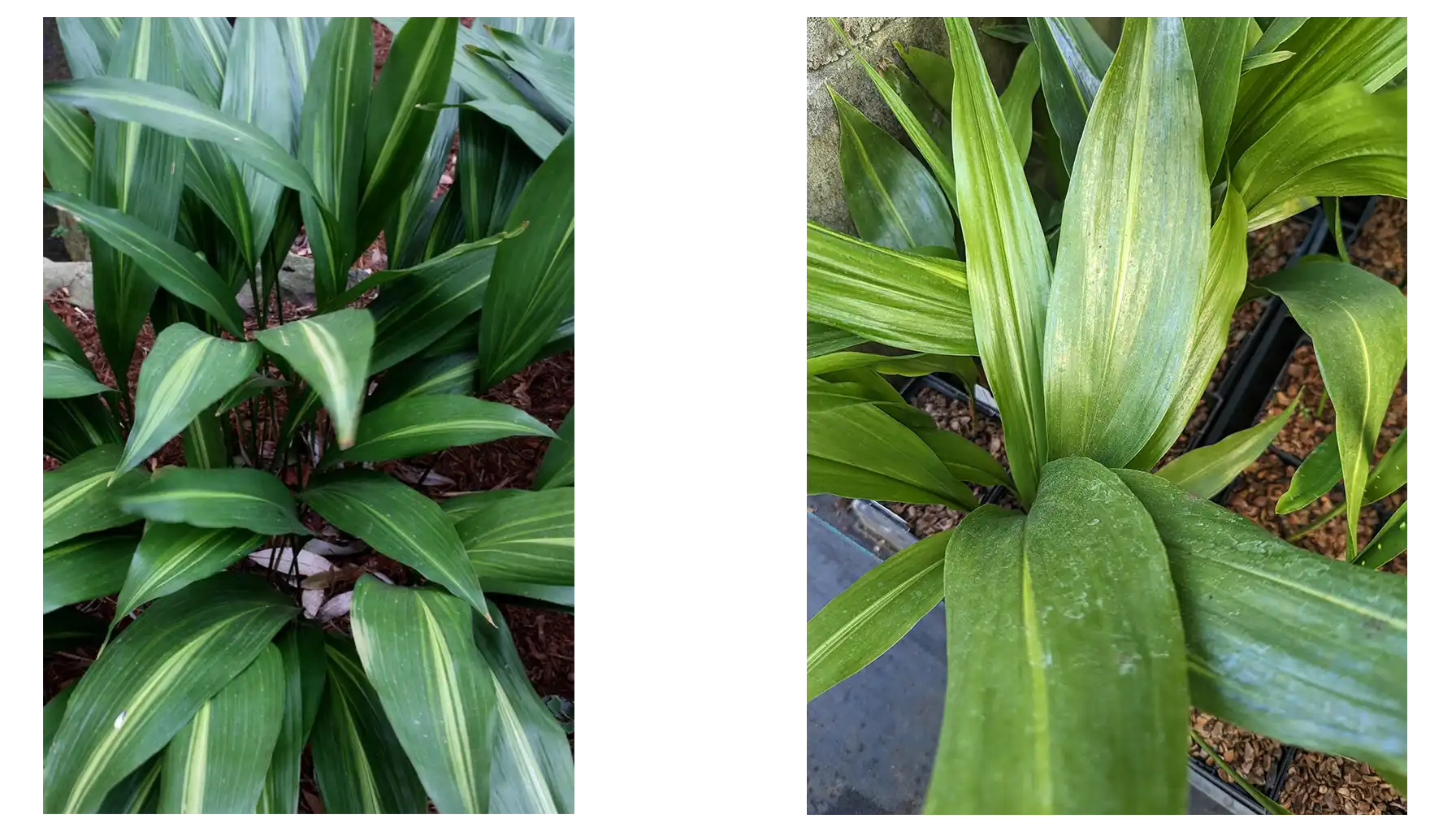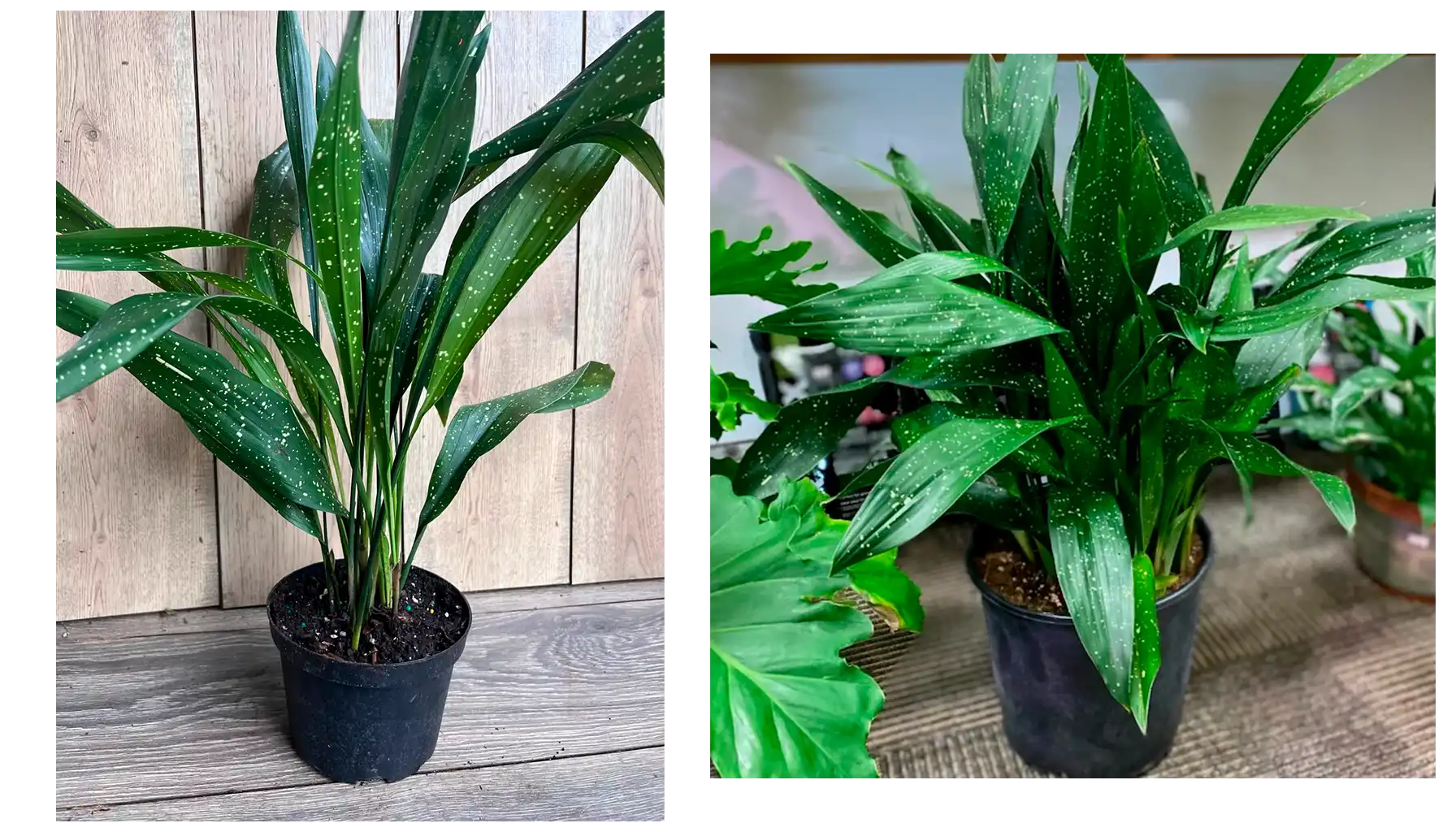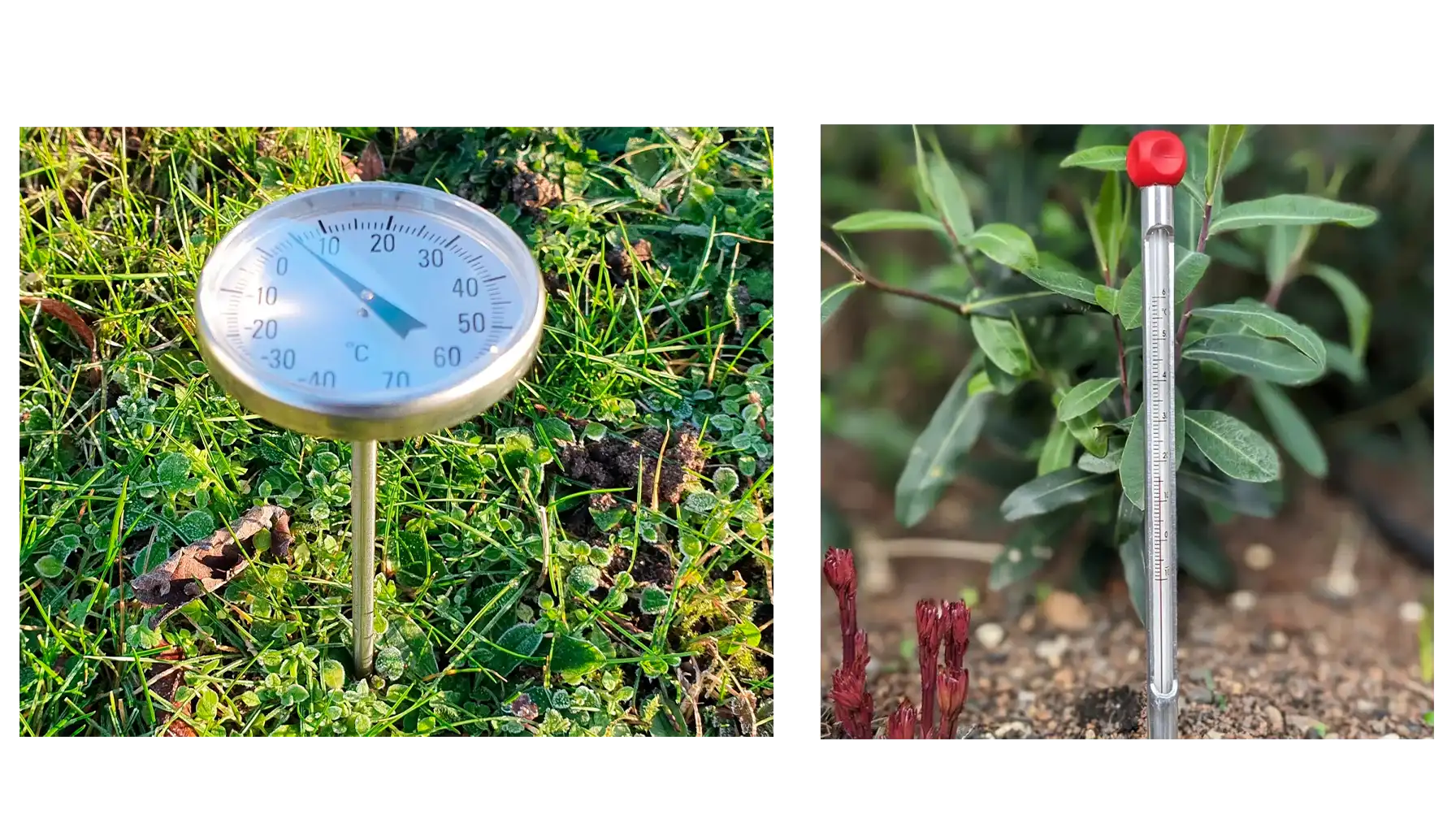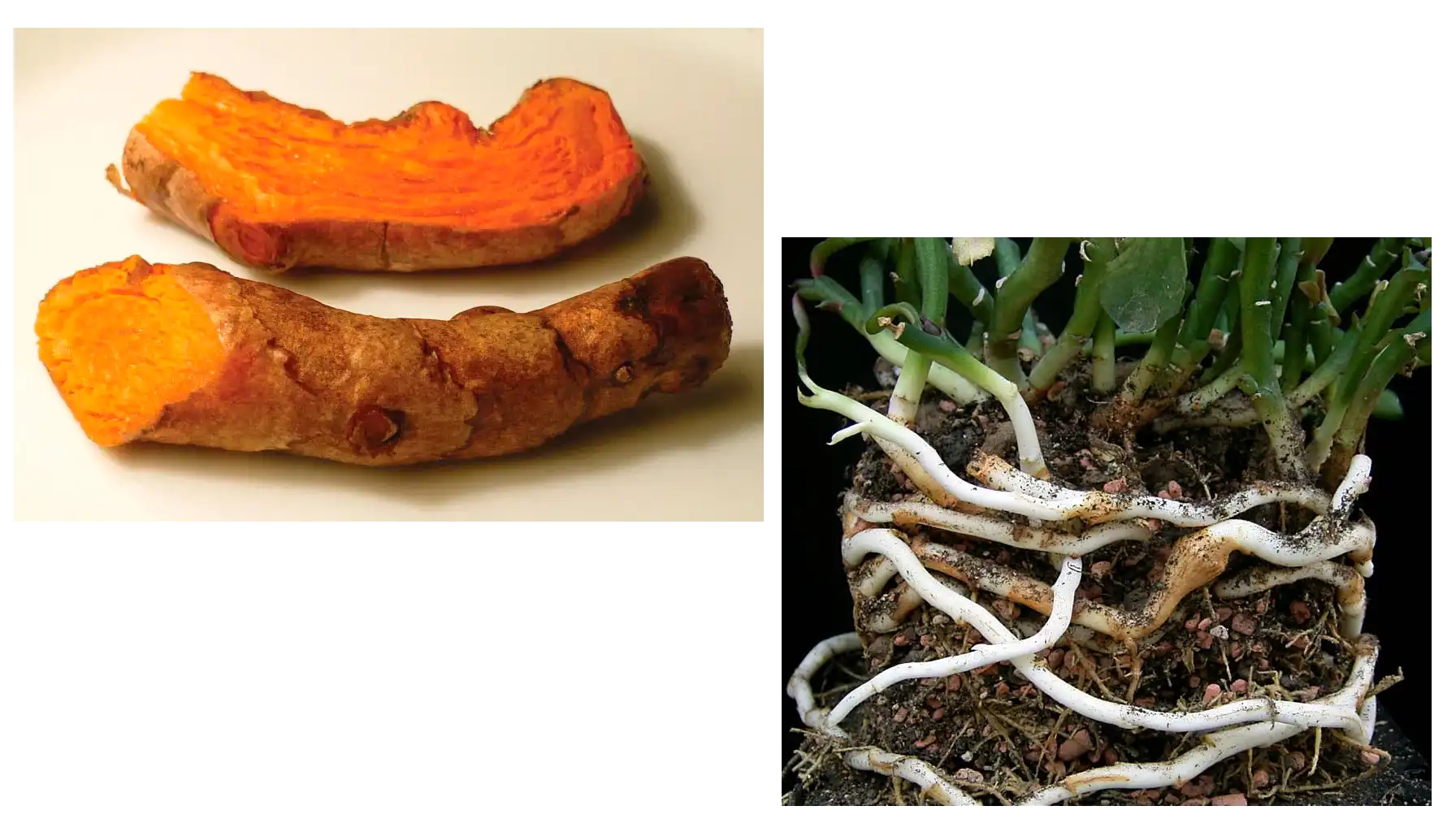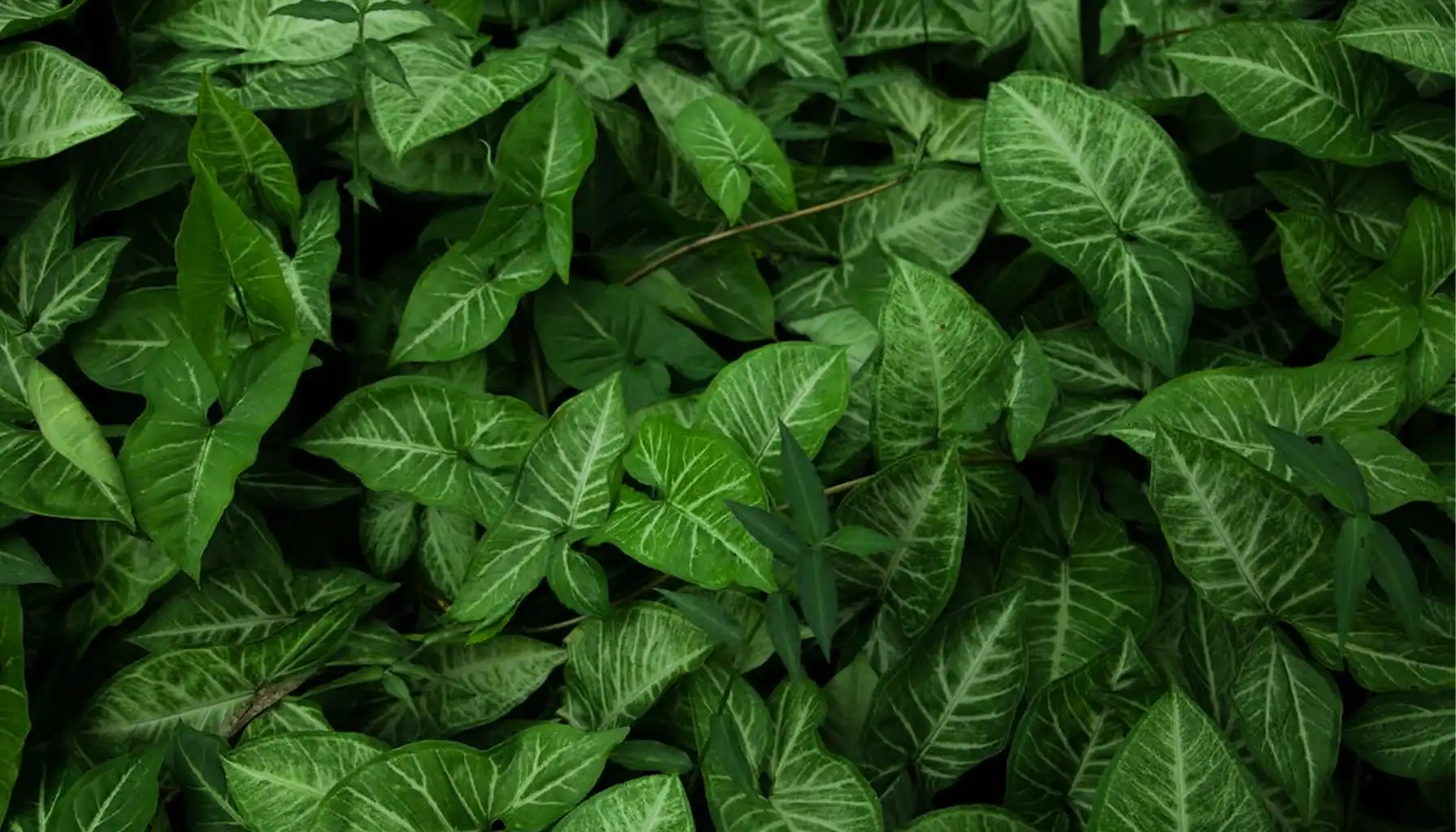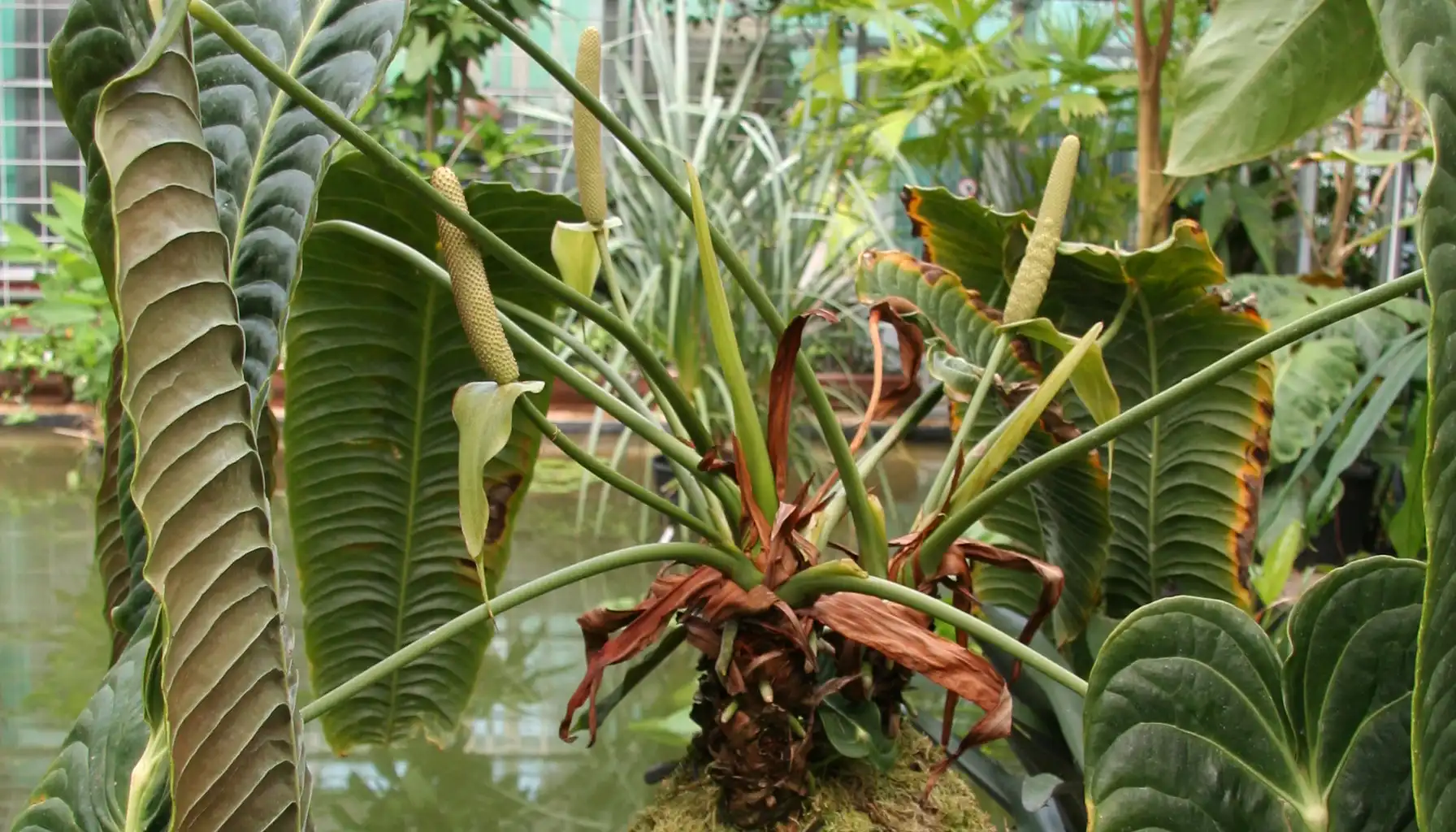What is the most metal plant, literally and metaphorically? Perhaps it’s the Cast Iron plant. This flora is very hardy and can withstand a lot. If it feels at home even in challenging environments, it must feel comfortable in your house, too.
Here you will learn how to care for this flora and get a view of its many varieties. After this article, you will know how to care for this plant properly.
A free plant identifier can help you recognize all kinds of flora.
Iron Plant Overview
Cast Iron plant (Aspidistra Elatior) is a durable houseplant known for thriving under tough conditions. That's why it got the name “Cast Iron”, and in hardiness, they could be rivaled only by cacti.
As for thetis flora’s scientific name, Aspidistra Elatior, it means “Elevated Shield”. If you look at the Aspidistra Elatior photo, you might see the resemblance, though barely.
Overview |
Feature | Details |
Origin | Southern Japan and Taiwan (often confused with China as the place of origin) |
Type | Evergreen perennial |
Size | 60–70 cm (24–28 inches) tall and wide |
Life span | Can live for decades, sometimes over 50 years |
Leaf Colors | Deep glossy green |
Flowers | Small, brownish-purple flowers |
Propagation | By root division (rhizomes) |
Toxicity | Not toxic |
Special Features | Low maintenance |
Cast Iron Varieties
While this flora is not exactly praised for ornamental beauty (even though it is somewhat pretty), it still has many popular varieties.
Variegata
This variety is the most popular and is usually what people think when they hear about a Cast-Iron plant.
This form is known for its bold white or cream vertical stripes on dark green leaves. The name “Variegata” comes because, well, it’s a Variegated Cast Iron plant (i.e., it has a colourful pattern).
Variegation is a feature desired by many gardeners. Some species, like Wandering Jew Plants, are praised for their unique variegation.
Lennon’s Song
This variety has a central yellow stripe running the full length of the leaf. It was named after Robin Lennon, who initially discovered this flora. Lennon’s Song looks more gentle compared to most varieties, and fits into most interiors.
Milky Way Cast Iron Plant
The Milky Way is the Galaxy we live in, and this variety has a galaxy pattern on its leaves, hence the name. To be more specific, the leaves are dark green, sprinkled with tiny white spots, resembling stars in the night sky.
The Milky Way variety works best as a ground plant (like Ground Elder plant) because it’s quite bushy and can make a good shadow for smaller flora.
Cast Iron Plant Care
This flora is famously indestructible. Caring for it is easy, but if you want a large Cast Iron specimen, if you want this shrub to love you back (as much as a plant can love someone anyway), you should follow these guidelines.
Light Requirements
The Cast Iron plant thrives in low to moderate indirect light.
Cast Iron’s indoor placement is ideally away from the window, not directly under it. Otherwise, the leaves will get scorched. You can use a stand and put the shrub somewhat close to the window. This way it gets enough sun, but doesn't get overexposed.
Cast Iron plants outdoors like shady spots, so find another plant/obstacle that could obscure sunrays partially from it.
This flora can tolerate low-light areas where many other houseplants, like Polka Dot, would struggle.
Water Requirements
Watering is very easy. Water the plant when the top inch (2–3 cm) of soil becomes dry.
This flora can survive droughts, so it's better to underwater it than overwater. Overwatering can lead to root rot, and root rot is one of Cast Iron’s few weaknesses.
Temperature Requirements
This flora has a very respectable temperature range. The Ideal temperatures range from 60 to 75 degrees Fahrenheit (15 to 24 degrees Celsius). But this plant can tolerate cooler temperatures down to about 45°F (7°C) and not freeze.
Soil Requirements
Use a well-draining potting mix. A mixture of peat, perlite, and general-purpose potting soil works well. Good drainage can prevent water from sitting in the pot and rotting the roots.
Fertilizer Requirements
This flora doesn't need fertilizer, generally. Still, if you want to accelerate its growth, use a balanced liquid fertilizer. Feed the flora every 4 to 6 weeks during the growing season (spring and summer).
Cast Iron Plant For Sale
This flora is moderate in popularity. You can find it in some shops and nurseries, but you may be pushed to buy this flora online and have it shipped to your house.
The prices vary depending on the distance and variety, but expect to pay more than $15. Remember to check the reputability of your traders and check the shipping conditions. While Iron Cast can take a lot of damage, it doesn't mean that it should.
Propagation Guide
Propagation for this flora is unique. When most house plants propagate by stem cutting, like Tradescantia, Iron Cast does it by division.
Here’s how you propagate this flora.
Remove the plant from its pot.
Carefully take the plant out and shake off or loosen the soil around the roots to expose the rhizomes (horizontal underground stems). These rhizomes are the key to multiplying this flora.
Identify natural division.
Look for sections with at least 2–3 leaves and a healthy root system attached. Each division should be self-sufficient.
Separate the rhizomes.
Use your hands or a sterile knife to cut the rhizome between sections. Do your best not to break or damage roots. Trim any damaged roots, or they will spread the rot.
Plant the divisions.
Place each division into a separate pot filled with fresh, well-draining potting mix. The rhizome should be just beneath the surface. Press the soil firmly around it to keep it more secure.
Place in a shaded area.
Keep the new plants in indirect light and stable temperatures while they recover. Direct sunlight or drafts must be avoided. Water the new divisions gently but thoroughly. Do not overwater the sapling, or you might start the root rot.
Monitor and wait.
New growth may take a few weeks to a few months. This flora is a slow grower, so you'll have to wait. During this time, water sparingly and avoid fertilizing until the plant starts growing new leaves.
Cats and Dogs Safety
Is the Cast Iron plant safe for cats, other animals, and people to touch?
Yes, this flora is safe to touch. It doesn't cause skin irritations.
Is the Cast Iron plant toxic to cats, other animals, and people upon ingestion?
This flora is non-toxic if it is ingested. It might cause an upset stomach, but it’s not positioning.
All in all, this shrub is safe for pets and children. The ASPCA also confirms that this shrub is non-toxic.
Cast Iron Plant Benefits
Do you get any benefits for bringing Cast Iron flora into your house?
Benefit | Description |
Time Preservation | This flora requires little care and survives with minimal watering and attention. This flora doesn't take away your time. |
Air Purifying | Indoors, Cast Iron can help clean indoor air by absorbing some toxins and pollutants. |
Long Lifespan | Can live for several decades with basic care, giving you a sense of accomplishment. |
Aesthetic Appeal | This flora has broad, glossy leaves. Variegated types like Milky Way catch the eye, and a Cast Iron plant flower has a unique look. |
Dust & Noise Reduction | Large leaves can help trap dust and slightly reduce ambient noise. |
Cast Iron plant Aspidistra Elatior image is an image of a hardy shrub that lets you go about your life, and meanwhile, this plant brings beauty and clean air into your house.
AI Plant Finder
AI Plant Finder is an exceptionally helpful app for those practicing gardening or wanting to know more about the flora around them.
AI Plant Finder uses AI to recognize plant and flower species from photos. It also diagnoses plant diseases, pests and offers tailored care guidance.
This app can become your personal "virtual botanist" for home gardeners and plant enthusiasts. If you’d like to try this app, it’s free to download on iOS and Android.
Related AI Plant Finder Posts
